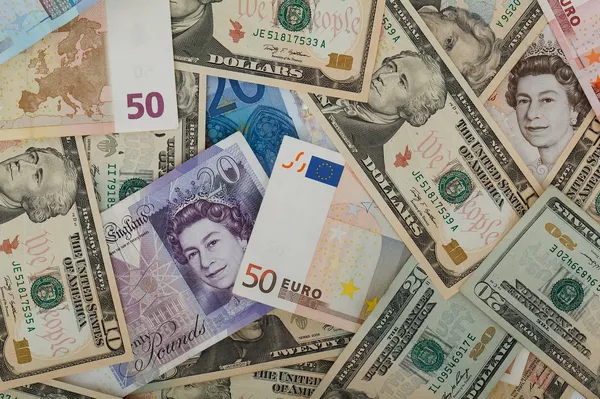On Tuesday, GBP/USD continued its consolidation trend for the second consecutive day, still encountering resistance at the 1.2400 mark during the Asian session. Meanwhile, GBP/USD is hovering near the lowest levels since June hit last week, with a lack of bullish sentiment suggesting minimal downside resistance.
Sterling (GBP) continues to perform relatively subdued after the Bank of England (BOE) reduced the prospect of more aggressive tightening policy, even as subdued demand for the US dollar (USD) provided some support for GBP/USD. Bank of England Governor Andrew Bailey recently told lawmakers that the Bank was now “closer” to ending its streak of rate hikes. This, combined with renewed recession fears and signs of a cooling UK labor market, could put pressure on the Bank of England to pause its interest rate hike cycle.
On the other hand, the U.S. dollar remains on the defensive below last week’s more than six-month high, which is a key factor preventing traders from placing a new round of bearish bets on the GBP/USD currency. Risks to key central bank events this week: Traders also appear to be less active and more inclined to wait and see ahead of Wednesday’s high-profile Federal Reserve monetary policy decision and Thursday’s Bank of England meeting. The Fed is widely expected to keep interest rates on hold at the end of its two-day policy meeting.
However, market participants appear confident that the Fed will stick to its hawkish stance and have priced in another 25 basis points of interest rate hikes by the end of the year. Therefore, the focus will be on the Fed’s so-called “dot plot” and inflation expectations. In addition, investors will also pay close attention to Federal Reserve Chairman Jerome Powell’s speech at the post-meeting press conference for clues on the Fed’s path to raising interest rates in the future. This will therefore impact the near-term USD price dynamics and provide some meaningful impetus to the GBP/USD pair.
Market focus will then turn to Thursday’s crucial Bank of England decision. The Bank of England is almost certain to raise its benchmark interest rate by 25 basis points to 5.5%, which would be the highest level since 2007. However, financial markets see little room for upside after a string of increases in borrowing costs since December 2021. This may continue to weigh on the pound. In addition, rising U.S. bond yields will also be negative for GBP/USD, preventing the GBP/USD from rebounding significantly.


